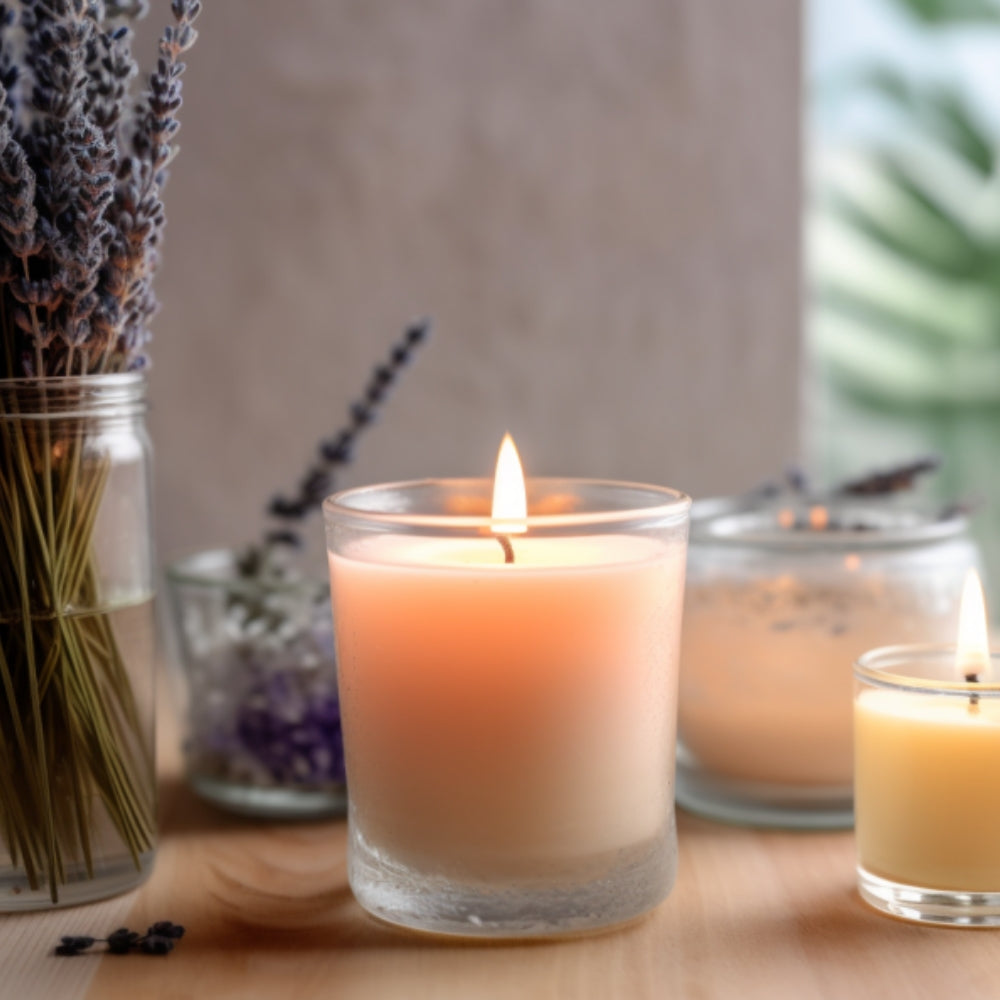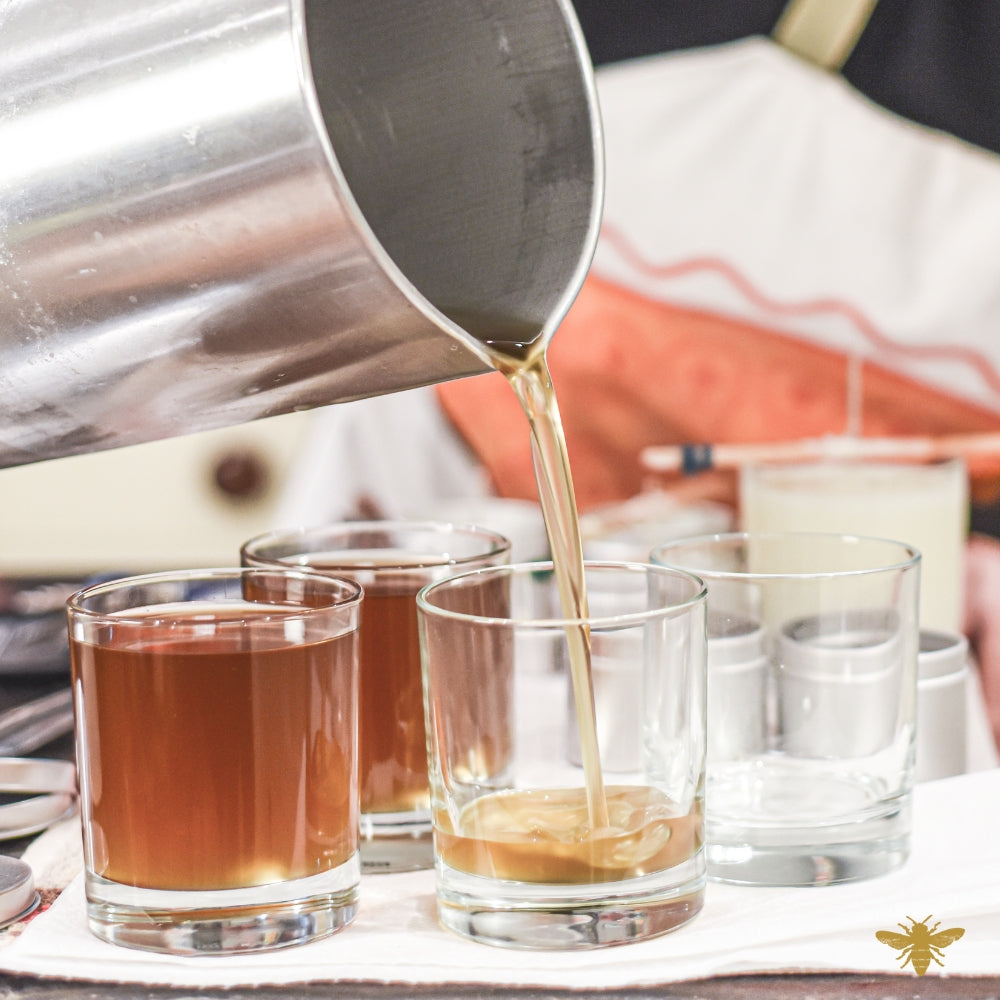Why You Should Cure Your Candles
There's been a lot of talk again about CURING. Curing is often misunderstood, particularly regarding what it's meant to achieve. Contrary to popular belief, curing is not primarily about enhancing the HOT THROW of a candle, although that significantly helps. Instead, it's all about ensuring PROPER WICKING.
Waiting for two weeks before testing your candles isn't just so the scent can develop; rather, it's so that the wax can FULLY RECRYSTALLIZE AND HARDEN, which in turn leads to ACCURATE WICKS results. You can't conducts a reliable burn test without having your candles fully prepared!
Curing essentially means waiting the recommend amount of time for your primary wax blend to stabilize before you set up a burn test. This patience is crucial because:
- Wax Changes Dramatically While It Hardens: Many candle makers either lack the patience to wait for their candles to cure or they don't believe in the process of polymorphism. However, wax does indeed change significantly as it hardens.
- Natural Waxes: Waxes like soy or palm undergo a structural hardening process over time due to continuous crystal formation. They are particularly sensitive to temperature changes, which can lead to frosting. For natural waxes, the first two weeks are critical for performance and stability. Testing too early can give misleading results, often indicating that the wick size is too small.
- Paraffin Waxes: On the other hand, paraffin is relatively inert and stable. Once it has initially hardened, it doesn't change much. Therefore, burn testing paraffin after just 24 hours will generally yield results similar to a two-week test.
Here's a simply guide for curing based on wax types:
- Vegetable Waxes: Aim for 14 days.
- Paraffin Waxes: A short curing time of 24-48 hours suffices.
- Blends: Depending on the ratios, curing can take 1 day to 14 days.
The environment in which you cure your candles is also vital. The room temperature should be kept between 68 to 86 degree F (20 to 30 degrees C) to ensure a consistent atmosphere for burning in. The consistency helps in achieving a predictable and reliable burn test.
Why Cure You Candles?
- Accurate Wick Performance: Without proper curing, you might end up with wicks that either tunnel or mushroom excessively, or don't throw scent as well as they should. Proper curing ensures that your wick performs optimally.
- Prevent Frosting: Especially in natural waxes, curing helps in reducing the incidences of frosting, which is not only an aestetic issue but also affect how the candle burns.
- Consistency: You want your candles to perform consistently, batch after batch. Curing helps in stabilizing the wax structure, leading to more predictable burn times and fragrance release.
- Avoid Early Misjudgments: Early testing can lead to overcorrections in wick size or scent load. Curing mitigates this by ensuring that the wax has reached its stable phase.
In conclusion, while it might be tempting to rush the process, taking the time to cure your candles can make all the difference in their quality and performance. Curing not only enhances the burn, scent, and appearance of your candles but also significantly improves hot and cold throw. Additionally, ensuring that your candles are properly wicked during the curing phase is crucial for optimal performance. Whether you're a hobbyist or running a business, patience in curing will pay off in the long run, leading to candles that burn beautifully, smell wonderfully, and look professional. Remember, good things come to those who wait, especially in the art of candle making.




Leave a comment
This site is protected by hCaptcha and the hCaptcha Privacy Policy and Terms of Service apply.